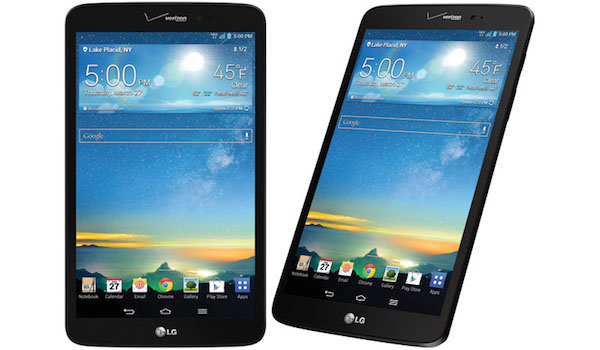Earlier today, HTC confirmed that it won’t be updating its 2012 flagship devices — the One X and X+ — to Android 4.4 KitKat. This news came as a shock to many, since the One X/X+ received only one Android update in their lifetime, a shameful number for flagship handsets. What’s worse is that on paper the One X/X+ packs in enough grunt to run KitKat comfortably.
HTC is already going through some tough times and the amount of negative PR they have received, and will be receiving, for this news is going to do some serious harm to their brand. Sadly, there is more to this story than what just meets the eye. It is not HTC but Nvidia — whose chipset powers the One X and X+, who should be blamed for this move from HTC.
Nvidia discontinued the AP33 and AP37 chipsets and aren't releasing 4.4 BSPs for them. the N7(2012) has 4.4 because T30L wasn't dropped.
— Shen Ye (@shen) January 14, 2014
Without Nvidia releasing KitKat compatible BSPs for their SoCs, it is not possible for a company to update their device to the latest version of Android. HTC had released a very detailed infographic late last year which explained how an Android update process works.
Nvidia is known to drop support for their chips pretty soon after release and this is not the first time the company is doing something like this. No major Tegra 2 powered Android device received the Ice Cream Sandwich update because Nvidia had dropped support for the chipset just a year after it was released. No wonder the company’s Tegra 4 chip was such a colossal failure and was hardly seen in any major Android device last year.

















